-
目前,全国有近1/6的耕地土壤受到重金属污染,据《全国土壤污染状况调查公报》[1]显示,全国土壤污染总超标率为16.1%,其中耕地污染超标率高达19.4%,并以无机重金属污染为主。土壤重金属具有毒性,可通过食物链在人体内富集,严重威胁人群健康。重金属的动力学行为控制着其在土壤中的形态和反应活性,进而影响重金属的生物有效性。土壤重金属污染控制是目前我国环境污染治理的关键领域[2-3]。土壤溶解性有机质(DOM)由大量的小分子通过氢键和疏水作用结合在一起,主要包括脂肪、蛋白质/氨基糖、碳水化合物、酚类、多酚类和稠环芳烃等,在土壤众多的生物地球化学过程中起到重要的作用[4]。例如,土壤DOM与土壤中的碳循环密切相关,同时也是控制土壤中重金属环境行为的关键组分[5]。然而,土壤DOM的组成和特性受到环境条件控制,如气温和降雨[6]。研究环境条件变化对土壤DOM特性的影响对于预测土壤中的碳循环和污染物的环境行为十分关键。
干湿交替是重金属污染土壤修复过程中常见的环境条件变化,也是影响修复效果的重要环境因素。IPCC(Intergovernmental Panel on Climate Change)第五次评估报告(AR5)显示[7-9],在全球气候变化的背景下,干旱和极端降水等天气现象频发,直接影响降雨、蒸发、径流、土壤水等的时空分布,导致土壤出现频繁的干湿交替现象。土壤干湿交替会影响土壤中DOM的组成和特性,例如土壤干旱会增加土壤溶液中木质素、单宁酸和稠环芳烃相对含量,而土壤湿润会增加土壤溶液中脂肪、蛋白质及碳水化合物的相对含量[10];微生物起源的DOM分子的含量随着干旱度的增加而减少,而植物起源的酚类、多酚类和稠环芳烃分子的含量随着干旱度的增加而增加[11]。同时,有研究表明,周期性的干湿交替对土壤中Cd的释放有明显的抑制作用[12],土壤水分变化也影响重金属的有效性,其中土壤干燥可显著降低重金属Cu、Ni的有效性[13]。因此,土壤干湿交替是影响DOM和重金属环境行为的关键环境过程。然而,目前的研究主要集中于干湿交替对未污染土壤中DOM特性及土壤中重金属浓度和生物有效性的影响,对干湿交替如何影响重金属污染土壤中DOM的特性以及重金属的释放动力学过程还缺乏深入的研究。
本研究以广东省韶关市上坝村典型重金属污染农田土壤为研究对象,利用土壤培养实验、光谱学方法以及流动搅拌动力学实验来探究土壤干湿交替对重金属污染的农田土壤中DOM特性及Cu和Zn释放动力学行为的影响。本研究设置3个不同含水率的对照组和3个不同干湿交替条件的实验组进行土壤培养实验,利用紫外可见吸收光谱(UV-vis)和三维荧光光谱(3D-EEM)表征干湿交替培养过程中土壤DOM的芳香性和荧光组分的动态变化,同时利用流动搅拌反应器(Stirred-flow Reactor)分析不同培养条件下的土壤中Cu和Zn的释放动力学特性。本研究的结果将有助于理解干湿交替环境条件下土壤DOM的动态变化以及预测重金属在污染土壤中的环境行为,对重金属污染土壤修复工作的开展具有参考价值。
全文HTML
-
本研究中的土壤样品采集于广东省韶关市上坝村(113°48′E, 24°27′N)的重金属污染农田表层土壤(0~20 cm)。具体的取样方法主要包括:1)在取样区域选择一个边长为1 m左右的正方形;2)除去地表的草和杂物,在正方形的顶点和中心点分别进行取样;3)混合土壤,用密封袋收集并放置在冷冻箱中带回实验室。土壤呈酸性(pH=4.8),有机质含量为1.7%左右;其污染源主要来自大宝山矿区采矿和金属冶炼产生的酸性矿山废水,且主要为铜锌重金属污染,铜和锌的含量分别为242和280 mg·kg−1。该地区属于亚热带季风气候,降雨呈明显的季节性变化,降雨丰富且水分蒸发量大,干湿交替是该地区频繁发生的环境条件变化。
采集的土壤样品被运回实验室后,首先经过自然风干并去除草根等杂质,再进行研磨和过筛(2 mm)处理,最后将土壤装入密封袋贴上标签保存于干燥的塑料箱中待用。
-
为探究土壤干旱程度和湿润时间对土壤DOM特性和重金属释放特性的影响,本实验设置3个不同含水率的对照组和3个不同干湿交替条件的实验组。将30 g土壤装入150 mL的玻璃培养瓶中,加入去离子水使土壤达到预定含水率,并用透气纱布覆盖瓶口,于温度25 ℃和湿度50%的恒温恒湿培养箱中静置培养。
土壤培养过程中含水率及取样时间点如表1所示。对照组培养过程中土壤含水率分别控制在75%、45%和30%,每天监测土壤含水率变化,定时添加去离子水使土壤维持在恒定含水率。干湿交替组的土壤首先经过7 d恒定含水率(45%)的预培养,然后通过水分自然蒸发和间歇性添加去离子水来实现土壤的干湿交替循环。干湿交替循环设置3种条件,即培养1、培养2和培养3。每个处理设置多个重复样,定时进行破坏性取样(3个平行样),以1∶2.5土水比测定土壤pH,并进一步分析土壤DOM性质及重金属释放特性的变化。
-
取干重为15 g的土壤加入聚四氟乙烯瓶中,以1∶1土水比在180 r·min−1下振荡24 h;接着在10 000 r·min−1条件下离心20 min;最后以0.45 µm聚醚砜滤膜过滤得到土壤DOM溶液。DOM溶液于4 ℃冰箱中避光储存待用。
本研究分别采用TOC分析仪(Elementar Vario)测定DOM溶液中的溶解性有机碳(DOC)含量,采用UV-vis(TU-1810PC)分析DOM的芳香性变化,采用3D-EEM荧光光谱(Hitachi F-7000)分析DOM的荧光组分及其含量。其中,UV-vis分析使用的比色皿宽度为1 cm,波长扫描范围为200~600 nm,扫描间隔为1 nm。利用DOM在254 nm处的吸光度计算其SUVA254值,单位为L·(mg·m)−1,用来反映DOM的芳香性[14],计算公式如式(1)所示。
式中:2.303为校正系数;A为实验测得的吸收值;L为比色皿中样品的实际吸光路径长度,m;C为实验中测得的DOC含量,mg·L−1。
测定荧光光谱前,将DOM溶液稀释至10 mg·L−1以避免内滤效应产生。使用宽度为1 cm的4面透光比色皿进行测定,激发波长扫描范围为250~500 nm,并以5 nm的波长间隔增加,发射波长扫描范围为220~450 nm,并以2 nm的波长间隔增加,激发和发射波长的狭缝宽度均设置为10 nm,扫描速度为1 200 nm·min−1。
-
本研究利用流动搅拌反应器(Stirred-flow Reactor)进行重金属释放动力学实验,该装置由蠕动泵、流动搅拌反应器、收集器3部分组成(图1),该装置在相关研究中已经被用于研究重金属的释放动力学实验[15-16]。实验用到的背景电解液为浓度3.33 mmol·L−1,pH 5.3的Ca(NO3)2溶液。该背景电解液浓度接近实际环境离子强度,背景电解液的pH的选择根据土壤预培养后(7 d)的pH确定。具体实验操作流程为:在培养实验过程中,取干重为0.4 g的土壤置于反应器内并覆盖过滤膜(0.22 µm)盖紧;连接好实验装置后,启动磁力搅拌器(300 r·min−1)并以1 mL·min−1的流速向反应器中通入背景电解液,通过收集器每5 min收集1个流出液;从收集第1个样品开始,实验共持续120 min,收集到的样品用浓硝酸进行酸化,然后采用ICP-MS测定溶液中的重金属Cu和Zn的浓度。
1.1. 土壤样品采集及处理
1.2. 土壤培养实验
1.3. 土壤DOM提取及表征
1.4. 重金属释放动力学实验
-
恒定含水率条件下,土壤的pH、DOC含量和SUVA254随培养时间的变化如图2所示。土壤pH随着培养时间的增加而升高,在培养10 d后土壤pH逐渐趋于稳定(图2(a))。同时,土壤含水率越高,其pH越高,这可能是由于高含水率下的大量还原反应消耗了H+从而使得pH升高[17]。例如,当含水率较高时,土壤存在厌氧环境,土壤中铁还原菌能还原溶解铁矿物,并将Fe(III)还原为Fe(II),该过程会消耗大量H+,从而使得土壤pH升高。DOC的含量和SUVA254值在土壤含水率为75%时呈现先增加后降低的趋势,而在土壤含水率为30%和45%时则基本保持稳定(图2(b)和2(c))。这可能是由于,含水率为75%的土壤处于淹水状态,在培养前期DOM从土壤固相解吸释放到溶液中,导致DOC含量和芳香性增加,但随着培养时间增加,微生物降解、金属离子共沉淀、水解反应等作用增强,从而导致DOC含量和芳香性降低[18-19]。总体上,以上研究结果表明,土壤DOC含量的增加与芳香性组分含量的增加密切相关。
不同干湿交替条件下(培养1、培养2和培养3),土壤pH、DOC含量、SUVA254随培养时间的变化如图3所示。实验结果显示土壤pH在3种干湿交替条件下基本不变(图3(a)、图3(b)和图3(c)),这表明在经过7 d预培养后,干湿交替对土壤pH的影响较小,该结果与文献[20]的研究结果一致。由图3(d)、图3(e)和图3(f)可知,在土壤干湿交替培养的第1个循环内,当土壤含水率从45%降至15%时,土壤DOC含量都显著降低;在培养3中,当含水率继续降低至0时,DOC含量反而升高(图3(f))。造成以上现象的原因是:因为土壤适度干燥时,微生物积聚有机溶质,导致DOC含量降低,而土壤处于极端干燥条件下时,微生物处于休眠状态或死亡,大量微生物残体在土壤中聚集,从而导致水溶性的DOC含量升高[21-22]。在干湿交替培养条件1和条件2下,土壤含水率在循环重新增加至45%后DOC含量升高,这可能是因为水分含量增加后土壤微生物的活性增强,进而加速了微生物对土壤固相有机质的溶解释放或DOM的生成[23]。然而,在干湿交替培养条件3下,当含水率从0增加至45%后,DOC含量基本保持不变。这可能是因为,含水率为0时土壤中微生物残体量达到最大,当含水率增加至45%后,土壤中微生物在短时间内还处于失活的状态。另外,在培养条件1和条件2的第2循环内,DOC含量随着土壤含水率减少而降低,而在培养条件1的第3循环和培养条件3的第2循环内,DOC含量随着土壤含水率减少先轻微增加再降低(图3(d)、图3(e)和图3(f)),但是这些变化都不如第1循环明显。SUVA254值仅在培养条件1的第3个循环过程中轻微升高(图3(g)、图3(h)和图3(i))。以上研究结果表明,土壤干湿交替对土壤pH无显著影响,而在土壤干湿交替过程中土壤DOC含量变化主要与土壤的干燥程度和土壤的干燥-再润湿过程有关。
图4展示了土壤DOM样品的荧光组分、干湿交替培养过程中荧光组分的相对含量及其分布情况。利用平行因子分析法和MATLAB软件将3D-EEM测得的数据进行分析,确定了3种不同性质的荧光组分,分别用C1、C2和C3表示。其中,C1(Ex/Em = 220,320/400 nm)和C3(Ex/Em = 245,350/475 nm)组分为2种具有不同性质特征的类腐殖质(humic-like),C2(Ex/Em = 220,280/325 nm)组分为类酪氨酸(tyrosine-like),为类蛋白物质[24-27]。在3种干湿交替培养条件下的第1个循环内,C2组分的相对含量明显高于C1和C3组分的相对含量,并且随着土壤含水率下降(45%~0),C2组分的相对含量均先轻微增加再降低,然而除了培养3中的C3组分外,其他培养条件中的C1和C3组分的相对含量均先轻微降低再升高(图4(b)、图4(c)和图4(d))。进一步的干湿交替过程不同程度上影响着各组分的相对含量,并且C2组分的相对含量与C1和C3组分的相对含量之间的差异逐渐缩小。另外,本研究利用箱式图展示了干湿交替过程中各组分相对含量的变化情况(图4(e)、图4(f)和图4(g)),结果显示,C2的箱式图高度均大于C1和C3的箱式图高度,表明干湿交替对类蛋白荧光组分相对含量的影响最大。以上荧光组分分析的结果与干湿交替培养过程中DOC含量和SUVA254的分析结果一致,即在本研究的实验条件下,土壤水分变化过程主要影响土壤溶液中微生物来源的有机质含量和组成。
-
图5展示了控制实验中不同恒定含水率土壤在培养过程中重金属Cu和Zn的释放动力学行为。未培养的原土重金属Cu的释放质量浓度均随着动力学反应时间的增加而降低,并逐渐趋于稳定。这是因为,土壤中吸附态Cu的开始快速释放,而释放速率随着时间逐渐减小。随着土壤培养时间的增加,Cu的释放质量浓度逐步降低,释放速度逐渐放缓,这表明在稳定含水率条件下的长时间培养使得土壤中Cu结合更稳定了(图5(a)、图5(c)和图5(e))。在较高含水率条件下(75%和45%),培养7 d后的土壤中Cu处于几乎不释放的状态(图5(a)和图5(c)),这表明土壤含水率是控制土壤中Cu稳定性的重要因素。而且,通过对比土壤pH的变化(图2(a)),可发现土壤中Cu结合的稳定性与土壤pH具有很好的一致性,这可能是因为土壤pH升高有利于土壤中的强结合点位去质子化,从而有利于增强重金属结合[21]。
原土中Zn的释放质量浓度随着动力学反应的进行而快速降低,相对于Cu具有更快的释放速度,表明Zn更易从污染土壤中释放。在含水率为75%和45%条件下,随着土壤培养时间的增加,Zn释放质量浓度和释放速度均有所降低(图5(b)和图5(d)),但降低程度低于Cu的降低程度(图5(a)和图5(c))。而在含水率较低时(30%),土壤培养过程几乎不改变土壤Zn的释放动力学(图5(f))。以上研究结果表明,土壤含水率越高且维持时间越长,越有利于土壤中Cu和Zn的稳定,这可能是因为在较高土壤含水率条件下土壤中水溶态和可交换态的Cu、Zn含量降低,而专性吸附态和矿物态(如CuS和ZnS)的Cu、Zn含量升高[13],从而降低了Cu和Zn的释放。同等条件下,Zn的释放速率比Cu释放速率更高。
-
图6展示了干湿交替培养条件1下Cu和Zn的释放动力学结果。在第1个循环中,当土壤含水率为45%时,Cu几乎不释放(图6(a)),Zn的释放明显(图6(b)),这与对照组结果一致。而当土壤含水率从45%降到30%时,Cu的释放质量浓度和释放速率显著增加,Zn释放只有很小幅度的增加;当含水率继续降低到15%时,Cu和Zn的释放行为无明显变化(图6(a)和图6(b))。在第2个和第3个循环中,含水率的变化对Cu和Zn的释放动力学行为的影响很小,表明干湿交替不再对Cu和Zn的释放行为有影响。以上研究结果表明,干湿交替会改变土壤中重金属Cu和Zn的释放特性,但是其影响主要集中在初始的干湿变化中,干湿交替的长期影响较小。
与干湿交替培养条件1相比,干湿交替培养条件2和3改变了循环间隔时间和含水率变化,来考察干湿交替频率和强度的影响。但是,根据Cu和Zn释放动力学结果来看,干湿交替培养条件2和3和培养条件1具有相似的Cu和Zn释放动力学结果(图7和图8)。以上结果表明,污染土壤从湿润到干旱条件的转变(含水率45%~0)将促进重金属Cu的释放,后续短期的降雨和干旱过程不会影响Cu的释放特性;对于Zn而言,其释放速率基本不受干湿交替的影响(含水率45%~0)。
以上的差异表明,干湿交替可能影响重金属和土壤组分的结合能力,从而影响其动力学释放行为。在本研究中,这种影响可能是短期的,可能与土壤有机质的特性变化有关。另外,干湿交替过程中微生物特性和土壤矿物形态的变化也会影响重金属的动力学释放行为。在较高含水率条件下,土壤微生物的活性相对较高,微生物自身可能吸附固定较多的重金属[28];同时,土壤微生物能还原溶解铁矿物,当氧气进入时,土壤中的Fe(II)被氧化为Fe(III),形成结合能力更强的弱晶型铁氧化物[29],在此过程中,铁氧化物通过共沉淀和吸附的方式固定土壤溶液中的重金属离子,从而可能减少重金属的释放。从控制实验的结果来看,在含水率较低的长期培养中,当含水率保持恒定,Cu的释放动力学行为在持续改变;然而,在含水率较高的长期培养中,当含水率保持恒定,Zn的释放动力学行为也在持续改变,表明土壤组分可能在持续改变。将来的研究需要综合考虑长期和短期的土壤含水率的变化以及重金属的种类,阐明影响土壤组分变化和重金属释放行为的关键控制机制,从而为发展准确的土壤重金属动力学模型提供指导。
2.1. 土壤含水率变化对DOM特性的影响
2.2. 控制实验恒定土壤含水率条件下土壤重金属释放动力学行为
2.3. 干湿交替对土壤重金属释放动力学行为的影响
-
1)土壤含水率越高,土壤pH、DOC含量及其芳香性越高,而短期干湿交替过程主要影响土壤中DOC的含量,对土壤pH和SUVA254值的影响较小;
2)土壤含水率升高有利于降低土壤中Cu和Zn的释放,当含水率长期维持在75%或45%时,重金属的释放特性在培养的前7 d变化明显,随后趋于稳定。在同等条件下,污染土壤中Zn的释放量和释放速率大于Cu,且受长期含水率和短期干湿交替影响更小;
3)污染土壤从湿润到干旱条件的转变促进Cu和Zn的释放,但仅在初次湿润到干旱过程中对其释放特性产生影响,后续短期的降雨和干旱过程不会影响Cu和Zn的释放特性。





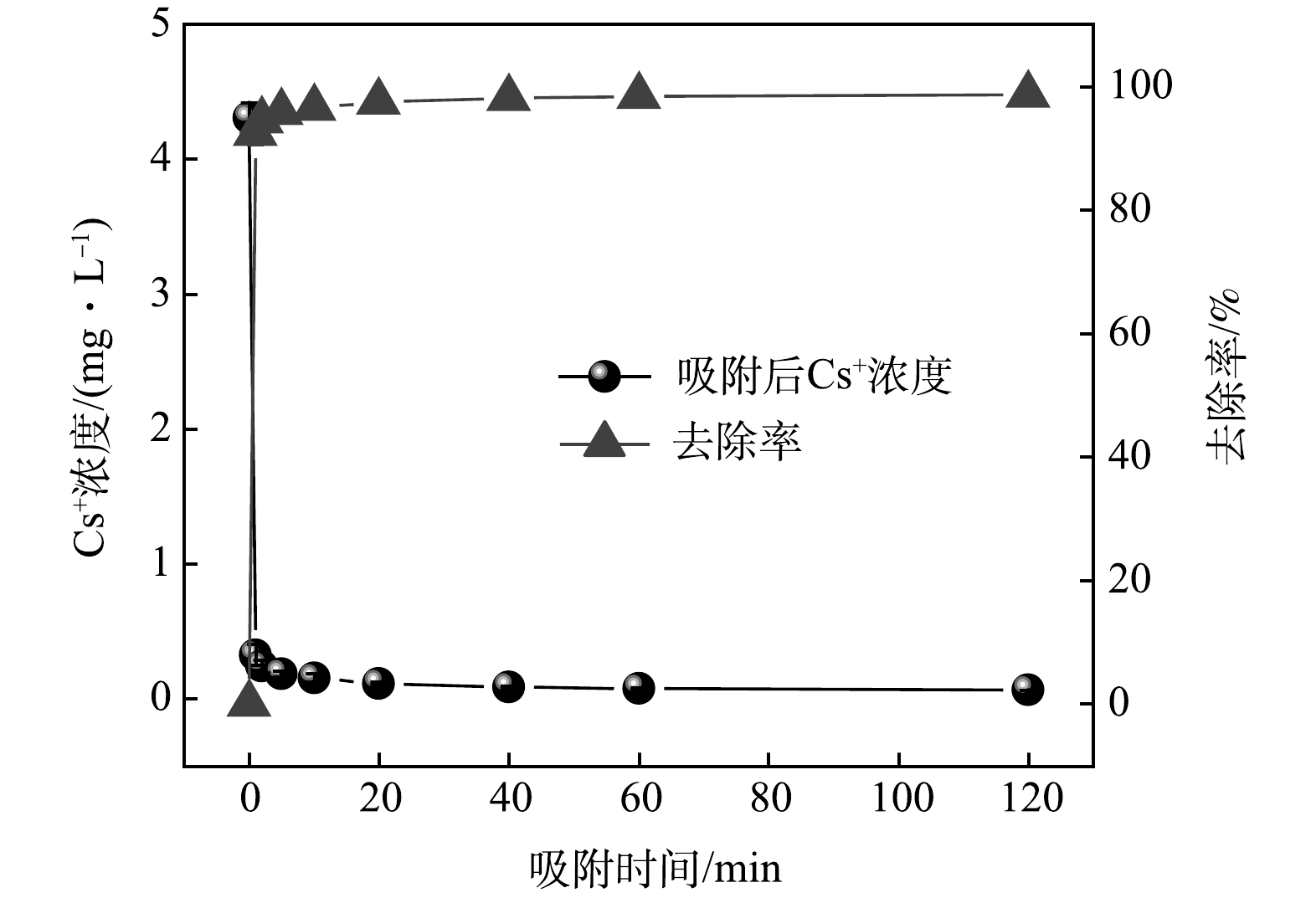
 下载:
下载:
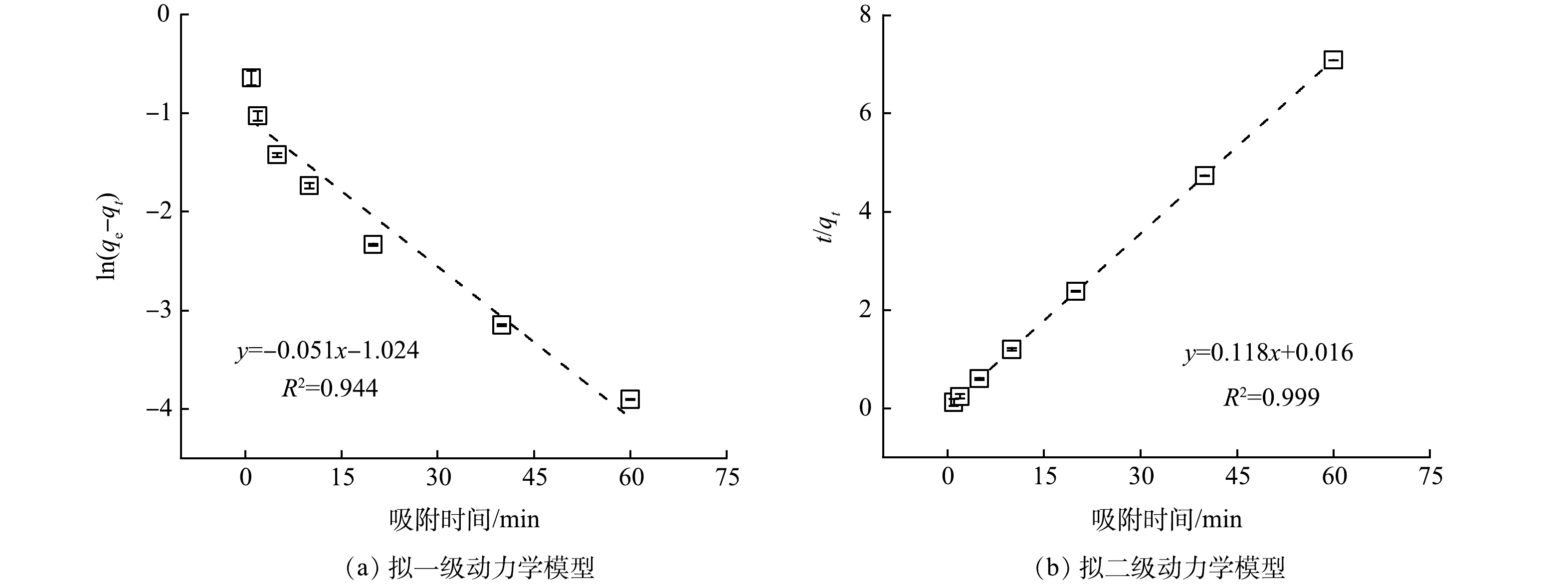

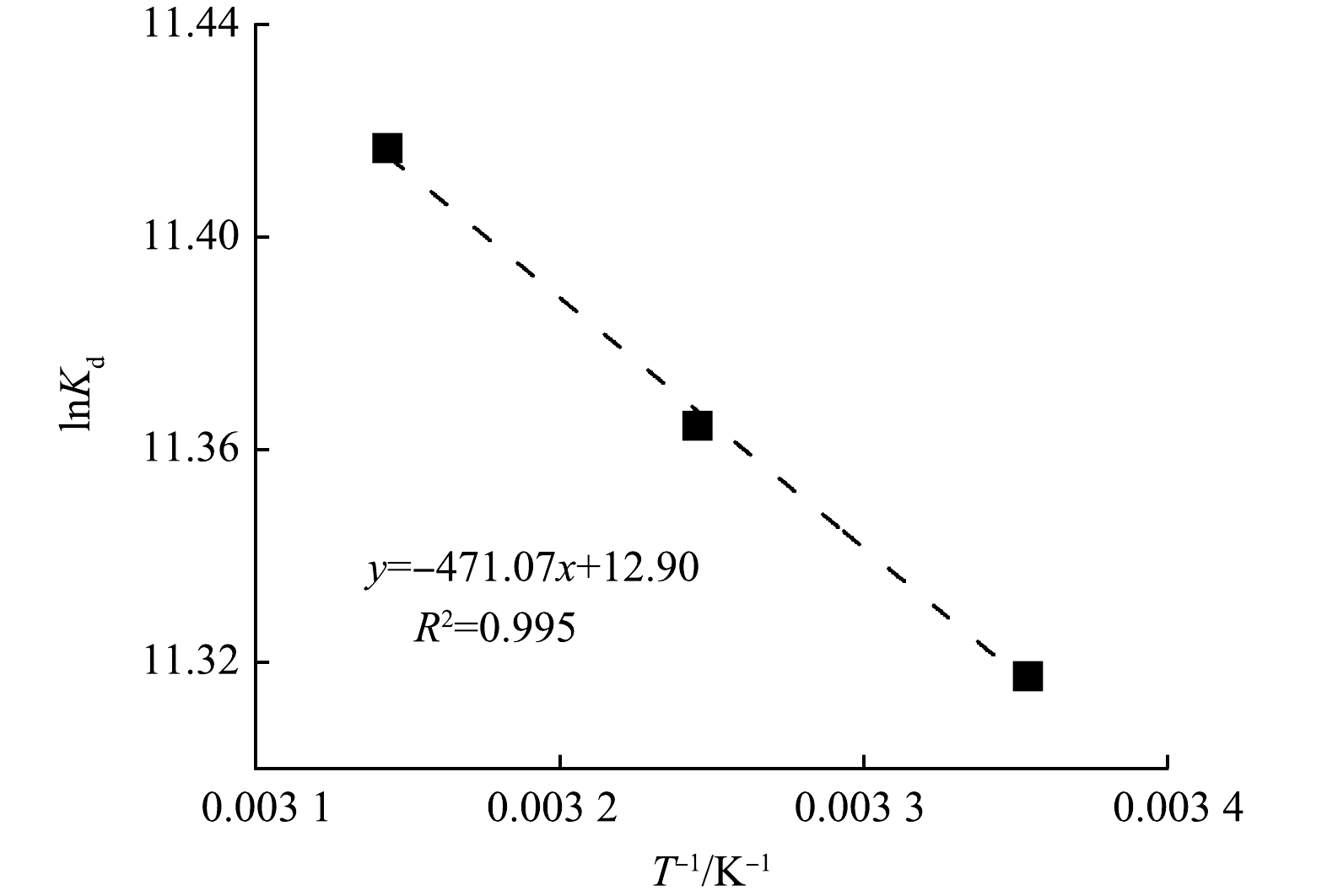
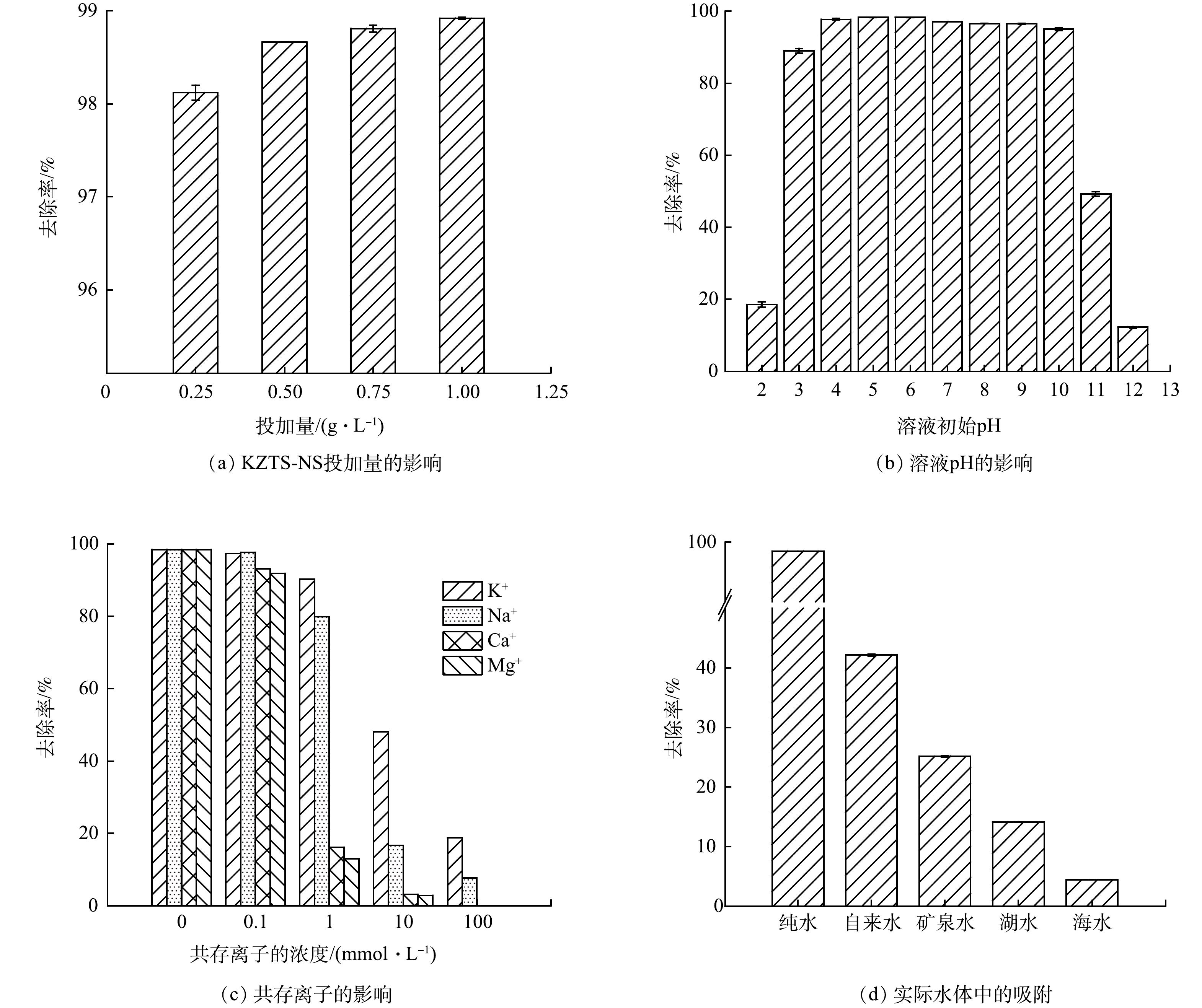








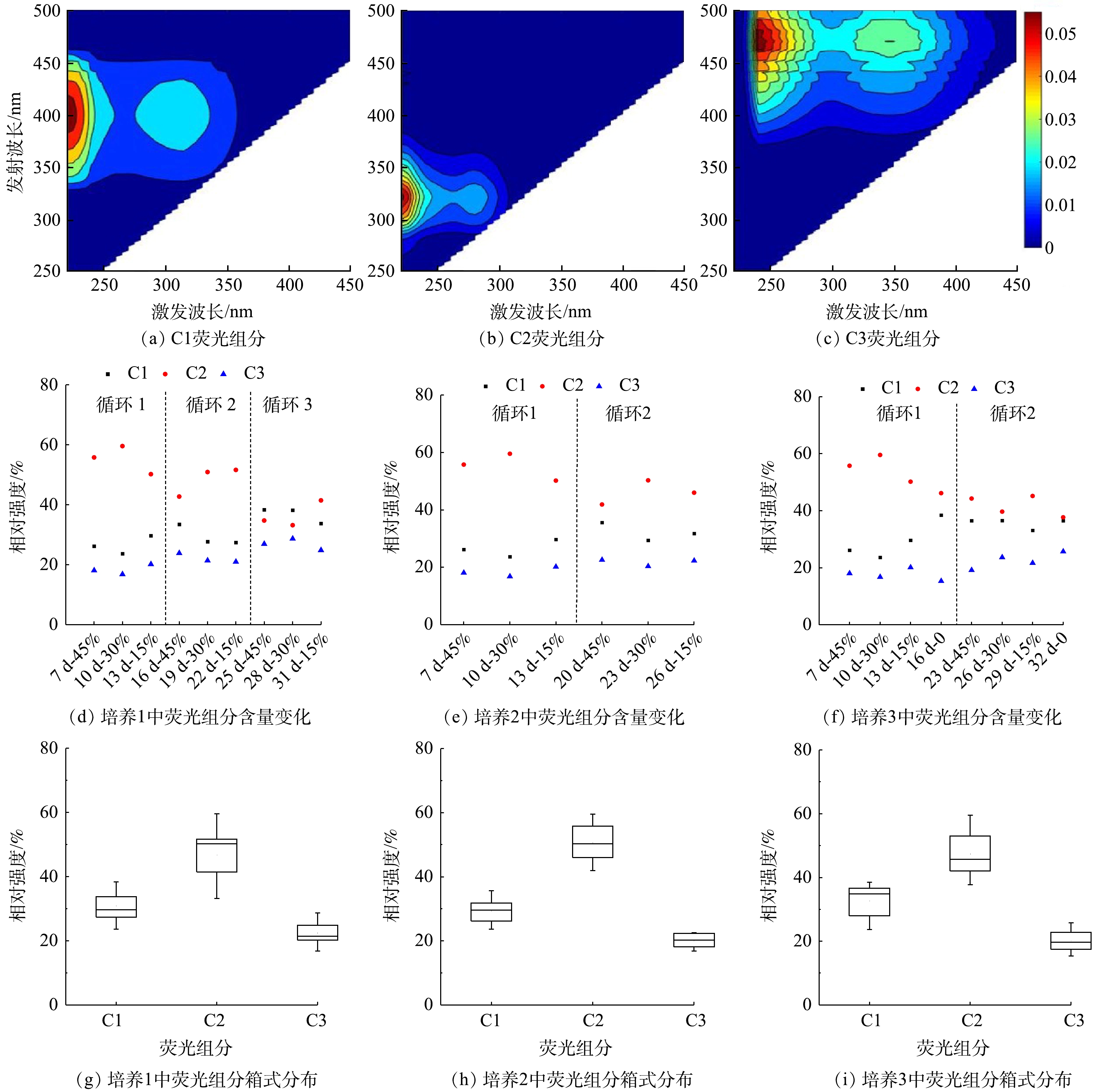



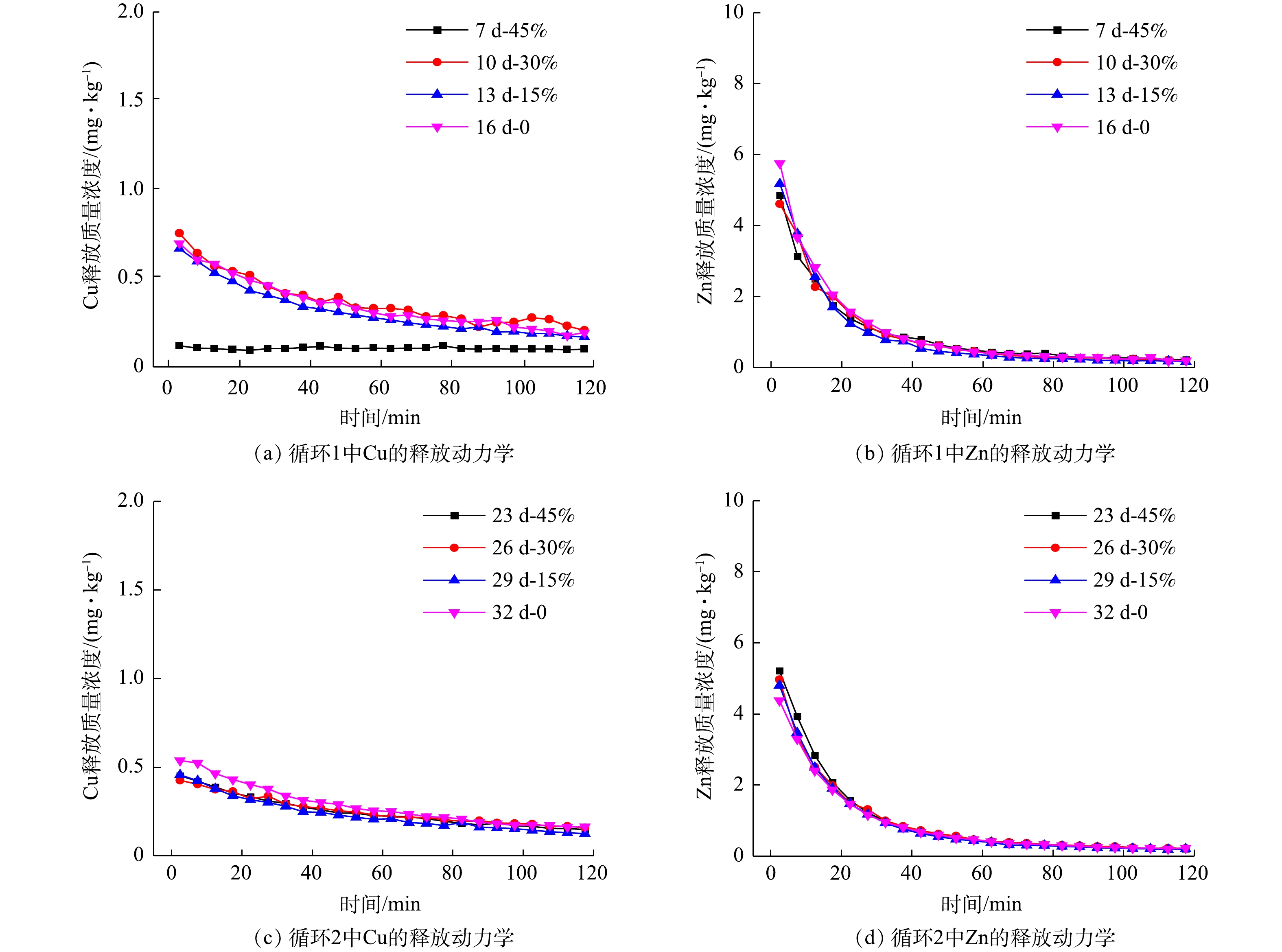
 百度学术
百度学术


